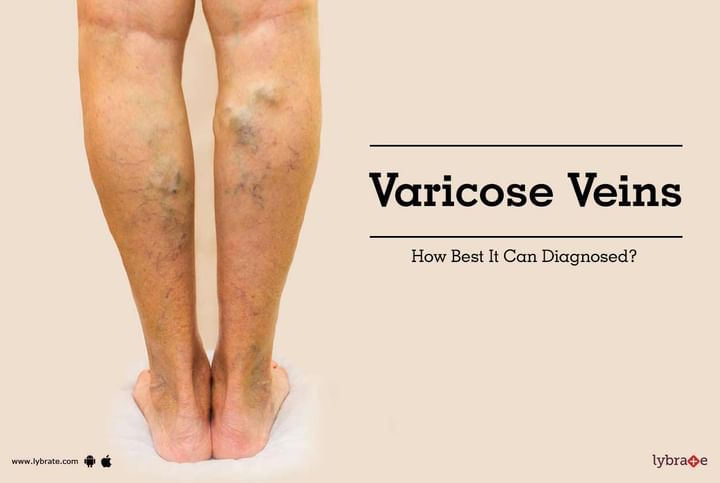Varicose Veins - How Best It Can Diagnosed?
Blood flows through the tubes called as blood vessels. There are two networks of blood vessels – the arteries and the veins. The arteries carry pure or oxygenated blood from the heart to the various parts of the body. The veins, on the other hand, collect impure blood from all over the body and reach it to the heart. Blood flow in the veins is controlled via valves, which ensure blood does not flow in the reverse direction (against its desired direction of flow). The veins in the legs, which are farther from the heart, are quite thick and exert extra pressure to pump blood into the heart. They need to transport blood against gravity and so in people who are prone to stand for long hours, they can become thicker, swollen, twisted, and engorged. In severe cases, there could even lead to bleeding.
Some common causes for varicose veins are:
- Damaged valves which are not able to control the flow of blood in the required direction.
- Veins with a thin wall that are unable to control blood flow.
Risk factors: Though these are the suspected causes, there are specific risk factors which aggravate the condition of varicose veins.
- Family history
- Smoking
- Occupations which require prolonged standing (construction jobs, painters, etc.)
- Pregnancy
- Obesity
- Age, which reduces the elasticity of the veins
- Surgery in the leg, which could have hampered the values or veins
There are quite a few symptoms of varicose veins. These are quite distinct and present as:
- Swollen, ropy leg veins which can be blue
- Pain, especially with prolonged standing
- Tenderness on touching the veins
- Itching and heaviness along the veins
- Skin changes like scaling and dryness
- Night cramps around the area
- Susceptibility to bleed from these veins
While varicose veins are easy to diagnose given their distinct clinical presentation, some additional testing can involve the following:
- Doppler ultrasound
- Scanning
- MRI
As said, prevention is better than cure; here are some preventive measures that can be really helpful:
- Elevate legs as much as possible. When working, take short breaks to reduce stagnation and promote blood circulation
- Quit smoking
- Avoiding alcohol, as it causes venous dilation
- Weight management
- Avoid tight clothing and sitting with cross-legs for prolonged periods as they put a lot of pressure on the veins and valves
- Follow a regular exercise regimen to improve blood flow in the legs, like walking or running
Starting from the least invasive to the most, this condition can be treated by:
- Compression stocking (Ted hose or Jobst stocking) which improves circulation and reducing pain
- Surgical options include sclerotherapy, laser treatment, and stripping off the vein. These are done in very severe cases, but quite rare.
In case you have a concern or query you can always consult an expert & get answers to your questions!



+1.svg)
